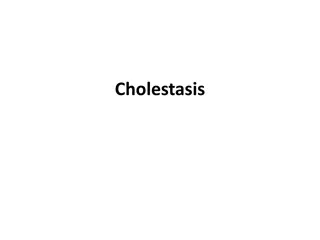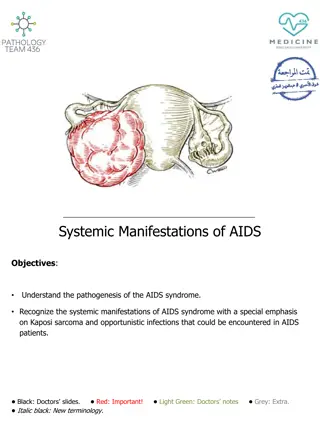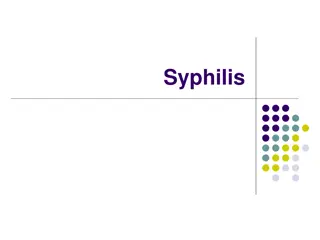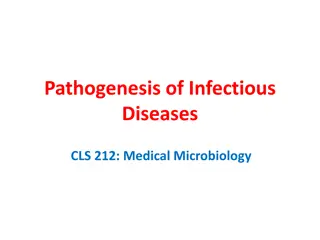Understanding Rickettsia: Pathogenesis, Clinical Manifestations, and Diagnosis
Rickettsia, a genus of Gram-negative bacteria transmitted by arthropods, is responsible for diseases like Rocky Mountain spotted fever. It causes symptoms such as high fever, rash, and severe headache. Laboratory diagnosis involves serology and isolation from experimental animals. Learn more about Rickettsia's characteristics, disease manifestations, and diagnostic methods.
Download Presentation

Please find below an Image/Link to download the presentation.
The content on the website is provided AS IS for your information and personal use only. It may not be sold, licensed, or shared on other websites without obtaining consent from the author. Download presentation by click this link. If you encounter any issues during the download, it is possible that the publisher has removed the file from their server.
E N D
Presentation Transcript
06/11/2020 Rickettsia DR. SUDHA KUMARI DR. SUDHA KUMARI Assistant Proffecer Assistant Proffecer Department of Veterinary Microbiology Department of Veterinary Microbiology Bihar Veterinary College Bihar Veterinary College Unit Unit II II VMC VMC- -602 602
Rickettsia The term "rickettsia" has nothing to do with rickets (which is a deficiency disease resulting from lack of vitamin D); the bacterial genus Rickettsia was named after Howard Taylor Ricketts, in honor of his pioneering work on tick-borne spotted fever. Rickettsia species are transmitted by numerous types of arthropod, including chigger, ticks, fleas, and lice, and are associated with human animal and plant diseases. Most notably, Rickettsia species are the pathogens responsible for typhus, rickettsialpox, boutonneuse fever,African tick-bite fever, Rocky Mountain spotted fever, Flinders Island spotted fever, and Queensland tick typhus (Australian tick typhus). The majority of Rickettsia bacteria are susceptible to antibiotics of the tetracycline group.
1.Obligate intracellular parasite 2.Gram negative pleomorphic rods 3.Parasite of arthropods fleas, lice, ticks and mites. 4.No Human to human transmission. 5.Rickettsia inside the host cell TICK ,FLEA, LICE ,MITE Rickettsial species and its disease Epidemic typhus, Brill-Zinsser disease Human body louse R. typhi Endemic typhus Rat flea R. rickettsii
Rocky-Mountain spotted fever - Ticks R. conori Boutonneuse fever - Ticks R. australis Australian tick typhus - Ticks R. siberica Siberian tick typhus - Ticks R. akari Rickettsial pox - Mites
Pathogenesis and Clinical manifestations of Rickettsia rickettsii. Human gets infected when infected adult tick inoculates Rickettsia rickettsii into the skin while taking a blood meal. Rocky Mountain spotted fever is a potentially lethal, but usually curable tick borne disease, and common rickettsial infection. Severe headache Chills Generalised myalgia High fever ( 39-41 0 C) Vomiting Macular rash after 4-7 days first on trunk and spreads to limb. Lacks consciousness.
LABORATORY DIAGNOSIS Isolation from experimental animals Serology: Specimens Blood collected in febrile illness ISOLATION Blood is inoculated in guinea pigs/mice. Observed on 3 rd 4 th week. Animal responds to different rickettsial species can vary Symptoms: Rise in temperature all species. Scrotal inflammation, swelling,necrosis R.typhi, R.conori, R.akari ( except R.prowazekii) serology Reliable test to confirm rickettsial diseases. Antibody detection by Weil-felix test Antigen detection by IFA Heterophile agglutination test using
Vector control Live vaccine & killed vaccine are available but not much effective Mites lice Ticks fleas























